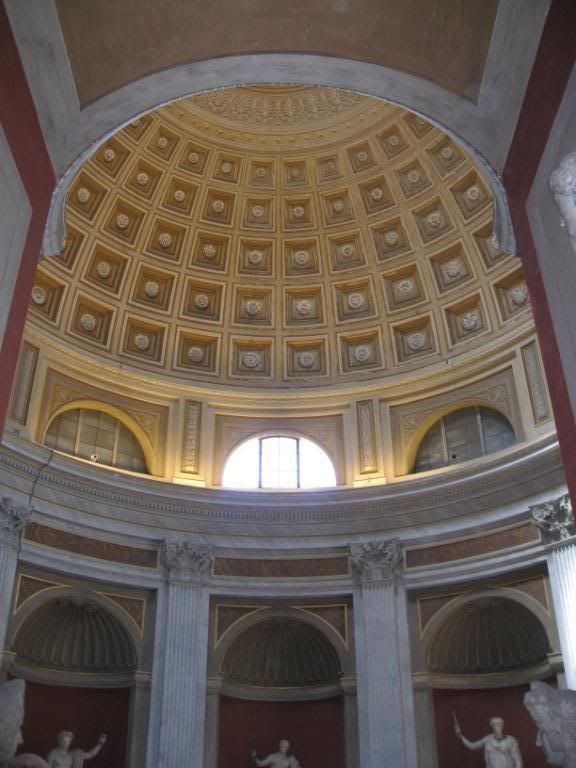Barbarians II: The Lombards
[For more great documentaries, visit TheDocumentaryCenter.blogspot.com]
At its peak, the Roman Empire feared nothing in Heaven or on Earth. Perhaps they should have paid closer attention to the pagan rabble. Coming in waves from the dark forests of Europe, the hordes drove the mighty empire to its knees. Relentless, unmerciful and united only in their hatred for Rome, each of these warrior tribes - Vandals, Saxons, Franks and Lombards - had its own violent agenda, dark rites, savage tactics, and secret weapons. Barbarians 2 follows these four fearsome tribes as they cut a swath of destruction through the heart of the Roman world. Barbarians 2 recreates the world of these invaders through breathtaking stunts, large-scale battle reenactments, and a fast-paced, exciting narrative.
THE LOMBARDS: The ferocious tribe partial to severing their foes' heads and stealing their women. Their brutal leader, Alboin, overcame Roman defenses, surrounded The Eternal City, and forced a captured foe's wife to drink from her slain father's skull.
"Estimates of the number range between about fifty thousand and two hundred thousand adult males, so we may be talking about a population of four or five hundred thousand people altogether." --Professor Thomas Noble, Chairperson, Department of History, University of Notre Dame, on the Lombard invasion population numbers in 568 A.D. during verbal interview for the History Channel's 'Barbarians II: The Lombards'





